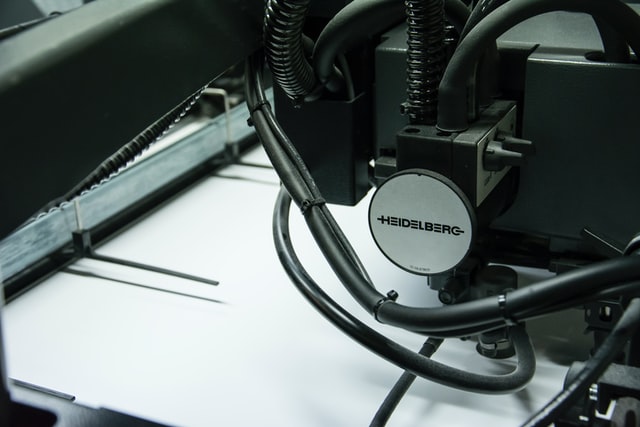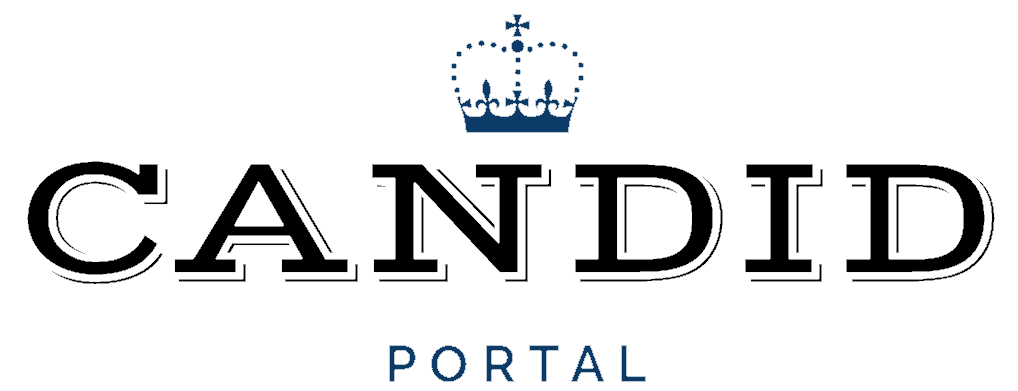
What Are the Maintenance Operations Done in the Printing Press Industry?
What are the maintenance operations performed in the printing press industry? Here are preventive maintenance, corrective maintenance, cleaning operations, and telepresence. Depending on the nature of the printing press, they might include telepresence, remote diagnosis, and specialized training. To avoid costly breakdowns, it is essential to follow preventative maintenance procedures.
Cleaning operations
Cleanup operations are necessary to maintain the health and safety of employees in the printing press industry. Oil-based inks are tough to clean and generate hazardous waste solvents. Proper management of press cleaners can help printers reduce environmental cleanup costs and protect employees. In addition, cleaning operations can improve the durability of the printing plates and blanket material, resulting in higher quality printed matter. These cleaning processes can also reduce the time required to complete additional production tasks.
In general, the printing press is not shut down for cleaning operations. As a result, cleaning employees are exposed to volatile organic compounds (VOCs). These chemicals can be dangerous vapors, and inhalation or skin contact can lead to adverse health effects. In addition, even small print shops lack proper ventilation and cannot adequately protect employees. However, NIOSH researchers have developed methods to reduce VOC exposures in printing press environments.
Preventative maintenance
A proactive approach to machine maintenance is crucial for maintaining a high-quality print. In a world where technological advances are transforming nearly every industry, the printing press industry is no exception. Preventative maintenance reduces the likelihood of severe malfunctions by preventing or detecting problems in advance. Printers should diversify their service teams to include specialized engineers specializing in specific areas to achieve this. These specialists may consist of control engineers, mechanical engineers, printers, or application engineers. In the case of preventative maintenance, however, dedicated service engineers are crucial.
A new study looked at ten presses at two different plants. The results showed no correlation between the number of maintenance hours and productivity. More unique presses generally perform better than older ones so newer equipment will need less maintenance. Older presses, however, required more care and ultimately caused fewer profits. A proactive approach to maintenance can make your production and prevent costly machine downtime.
Corrective maintenance
There are several benefits to corrective maintenance in the printing press industry. First, unlike predictive maintenance based on statistical models, corrective maintenance is done when a machine is experiencing a malfunction. This can be a quick fix or a delayed process that requires a few days or weeks. Corrective maintenance steps include identifying the cause of a machine malfunction, removing the part, ordering a replacement part, and testing functionality. Once the part is fixed or replaced, the operation of the machine can continue.
Companies should diversify their service teams. No longer can a single engineer solve all maintenance problems. Instead, corrective maintenance requires specialized engineers, such as control, mechanical, and application engineers. In addition, it is best to hire service engineers who specialize in printing equipment. The goal is to ensure optimal performance for every machine. Proper maintenance also helps minimize downtime. By following these guidelines, companies can avoid unexpected expenses and ensure their presses continue up and running.
Telepresence service
Telepresence service in the printing press industry is becoming a critical tool in maintaining pressroom equipment. Telepresence allows technicians to remotely diagnose problems and direct press crews in their repair efforts. In addition, this technology provides in-depth error reports that map out the historical performance of each press. It is also available to manroland press owners annually for a nominal fee. The benefits of telepresence service in the printing press industry are numerous.
A telepresence service can also enable a Maintenance Manager to coordinate maintenance schedules. In addition, it can send maintenance documentation electronically. Telepresence service in the printing press industry can be applied to all sheetfed presses within a plant. This is particularly useful when it comes to compliance with COVID regulations. Telepresence allows customers to ride through the shop floor, inspect parts, and communicate with mechanics and engineers without leaving the office.


